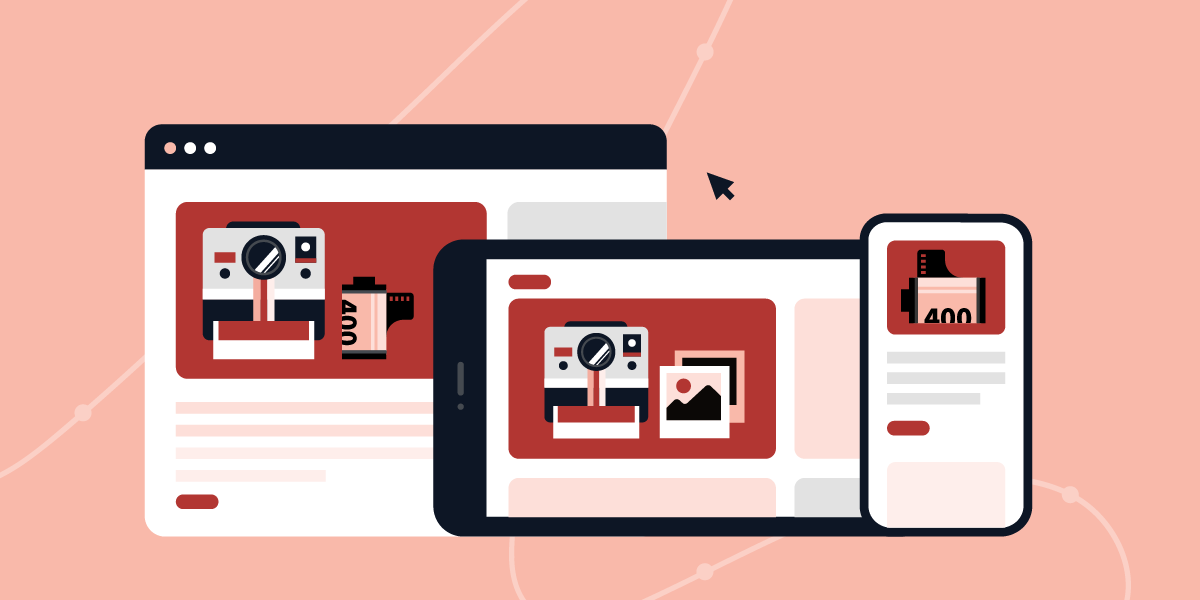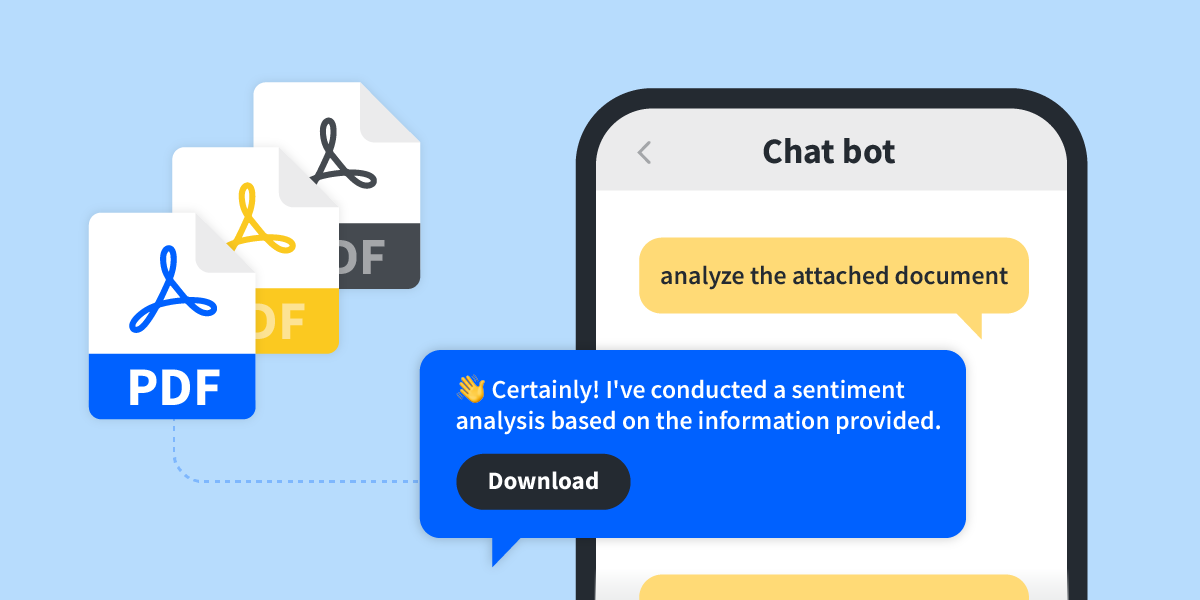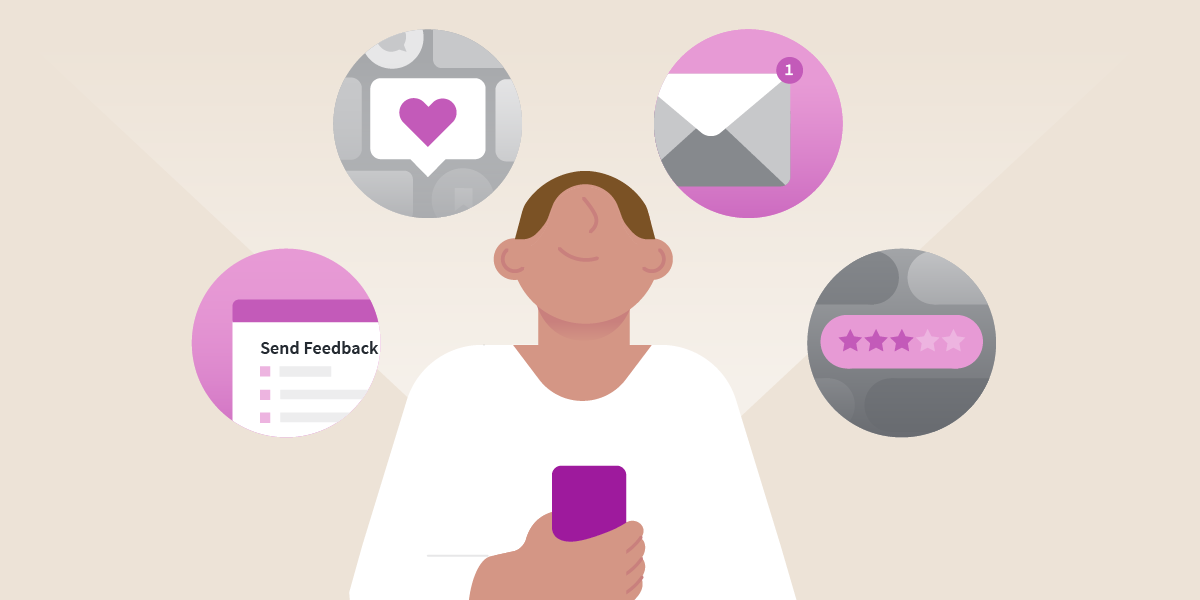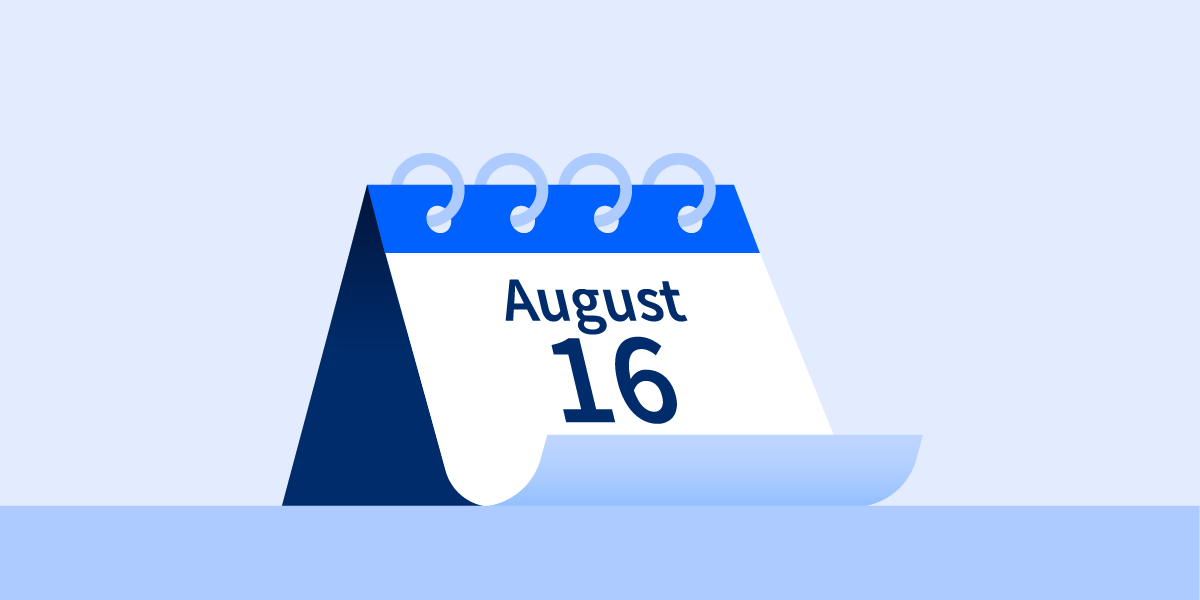Sequential messaging is a powerful programmatic retargeting strategy. You can leverage it to tell a story that is tailored to users across multiple channels, devices, or inventory sources. By creating cohesive messaging that your audience is exposed to repeatedly, you’re able to drive users down the marketing funnel.
Ready to get started with sequential messaging? Read on to learn the basics of sequential messaging, types of sequential targeting, and tips for your sequential messaging strategy.
What is Sequential Messaging
Sequential messaging, also known as sequential retargeting, is a marketing strategy that uses a sequence of ads to tell a story. With a sequential marketing strategy, users are shown a tailored sequence of ads that are designed to resonate with them. Sequential messaging creates a highly personalized experience that engages your target audience throughout the marketing funnel.
Sequential messaging benefits any advertiser who is interested in using a multi-touch approach to drive conversions. It can be leveraged by new brands that are focused on driving awareness, and by established brands that are launching a new product or looking to re-engage their existing audience.
The Benefits of Sequential Messaging
There are two main benefits of leveraging a sequential targeting strategy:
Sequential messaging promotes re-engagement from your audience.
In many cases, your target audience won’t engage with a call to action (CTA) the very first time that they encounter your messaging. Audiences often spend some time in a consideration stage, where they consider information they are learning from your messaging.
One of the benefits of sequential messaging is that it nurtures your audience while they are in this consideration stage. By serving them follow up ads, users are driven closer to engagement, or to re-engage.
Sequential messaging helps personalize your marketing.
With sequential messaging, your audience is served ads based on what message they’ve previously been served, or on what ads they’ve engaged with. This makes it possible to deliver them a sequence of messages that resonates with their journey through the funnel.
Don’t underestimate the power of a personalized sequence of ads. According to research by McKinsey, 71% of consumers expect companies to deliver personalized interactions, and 76% get frustrated when this doesn’t happen.
Example of a Sequential Messaging Strategy
A sequential messaging strategy starts with an overall awareness campaign. The awareness campaign is used to introduce your brand to a broad audience. This initial messaging can be broad, because the goal of the initial campaign is to collect users who are interested in your offering.
Based on a click or another action taken on your brand awareness campaign, you can collect the users who showed intent, and retarget them on the next channel. This next message in your sequential targeting strategy should be more personalized.
For example, if a pool of users all clicked through to your site to view a specific product, you can leverage dynamic retargeting to remind them of that product. This sequence of messaging is highly scalable as dynamic retargeting can be deployed on multiple pages.
With sequential targeting, it’s all about taking a strategic approach to your messaging. Consider every detail of the sequence, from what the next message will be, to what channel the user will be served that message on.
The goal is ultimately to collect a more qualified retargeting audience at each stage of your funnel. This way, you can guide your audience toward completing the main goal of your campaign, like making a purchase or submitting a form for conversion.
Types of Sequential Targeting
With a sequential messaging strategy, you can deliver ads to an audience in a predetermined order based on which message they were recently served. Here are 3 ways you can collect the retargeting audience data based on their interaction with your ad.
1. Quartile Views or Listens
A basic sequential execution collects audiences that have completed watching or listening to 25%, 50%, 75%, or 100% of your video or audio ads. This allows you to collect these users and retarget them using another channel and deliver the next creative message in your story.
An example of using this method as part of your sequential messaging campaign is to show the user what the brand is about in a 15 or 30 second video ad, and collect the viewers who completed the majority of the video.
Then, set up a display campaign that highlights what makes your brand special, unique, or attractive. This way, you’re able to subtly communicate the value of your offering to an audience who is in the consideration phase.
2. Site Retargeting
With site retargeting, you’re able to use a pixel to create an audience of users who have visited or interacted with your site. From there, you can tailor the next message that you deliver to them.
These users have already shown interest in your brand by landing on your site, but they may not have completed the main action. They are likely in the consideration phase and need more information to move to a conversion.
To drive these users further down the marketing funnel, sequentially retarget them by leveraging native advertising. For example, retarget them with a blog or whitepaper that shares more detailed information about your offering.
3. Click Retargeting
Create an audience based on users who have clicked on one of your ads then re-engage them with a more relevant ad that features a strong call to action. Clicking is one form of showing intent that signifies the opportunity for you to sequentially retarget them.
For example, you can retarget the click action on a native ad by serving that audience a display ad. Within your display ad, include a personalized promotional offer that will motivate the audience to convert.
Get Started With a Sequential Messaging Strategy
Are you ready to leverage sequential messaging that will give your target audience a personalized campaign experience? Here are 3 steps to take when planning and implementing a sequential targeting strategy.
1. Plan your sequential messaging strategy in advance.
Set up all possible retargeting audiences in advance, regardless of when you plan to retarget them. It’s a huge benefit to have as many retargeting audiences as possible for your campaigns. Collecting them from the beginning will ensure you have the data ready to leverage in the future.
2. Visualize the journey and tailor your story.
Analyze your customer journey to determine which channels and messaging apply to which part of the funnel. Be thoughtful about where each retargeting group fits in the funnel based on the user action, so that you can communicate accurately. For example, messages at the top of the funnel should be awareness focused, but messages further down the funnel should drive a desired action.
3. Re-evaluate and optimize your strategy.
Always analyze your sequential campaigns so that you can find opportunities to improve and optimize performance. Determining a main key performance indicator (KPI) at each stage of the marketing funnel will give you benchmarks to assess the performance of your strategy. By keeping track of these KPIs, you can determine if each channel and sequential message is performing well.
Want to build personalized campaigns? Request a demo to learn more about StackAdapt.





